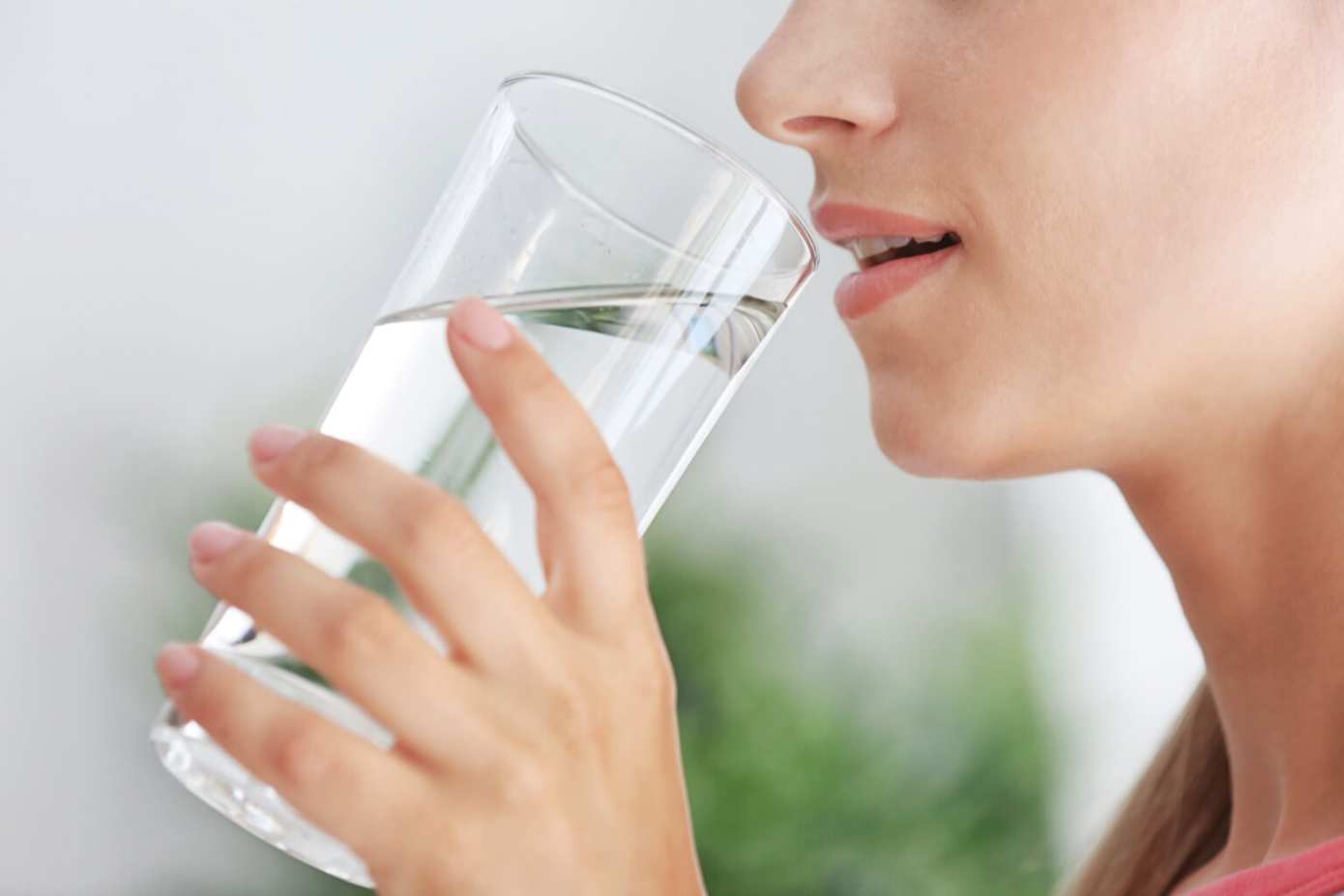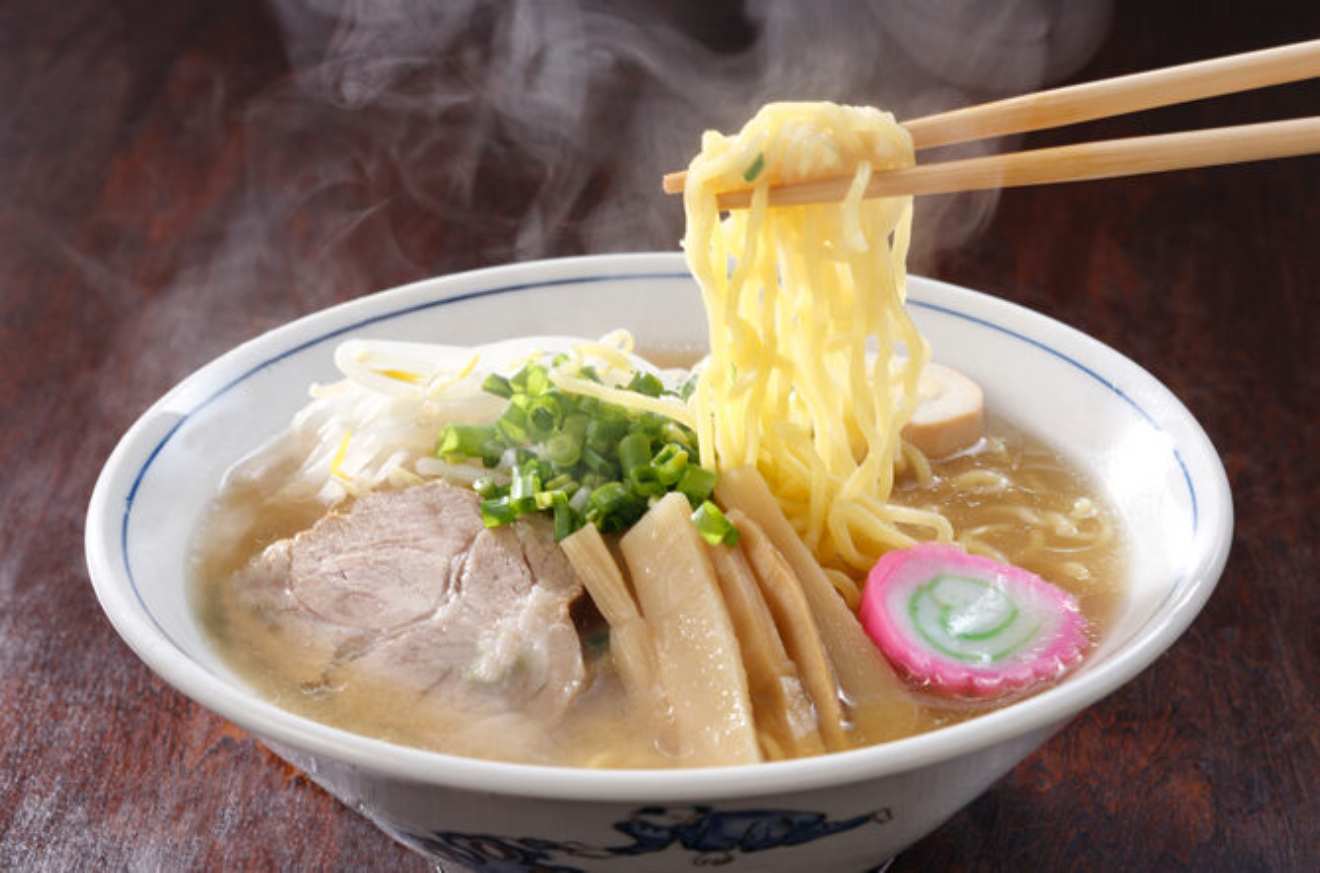“After eating delicious sushi, I somehow get thirsty…”
Have you ever had such an experience?
In fact, there are several hidden causes of thirst in sushi, such as the toppings, rice, and soy sauce.
If you’re going to the trouble of eating delicious sushi, you want to enjoy it comfortably until the very last bite.
In this article, we’ll explain the science behind why you get thirsty after eating sushi and introduce some effective ways to suppress your thirst.
In addition, we also provide a wealth of information to help you enjoy sushi even more, such as the types and characteristics of sushi, the difference between conveyor belt sushi and high-end sushi, and the alcohol that goes well with sushi.
After reading this article, you will no longer have to give up on the idea that sushi makes you thirsty. You will be able to enjoy sushi to your heart’s content without worrying about feeling thirsty.
Come join us as we explore the world of sushi even more!
Table of Contents
- Why does eating sushi make you thirsty? Explains the reason
- How to avoid getting thirsty after eating sushi and how to stay hydrated
- Top 5 sushi toppings that make you thirsty
- Reduce your thirst! Recommended ways to eat sushi
- Don’t give up on the idea that “sushi = thirst”! Tips for staying hydrated
- Introducing various ways to enjoy sushi
- Frequently Asked Questions
- Q1. What sushi topping makes you especially thirsty?
- Q2. Why does drinking water before eating sushi help reduce thirst?
- Q3. Why do you get thirsty if you add too much soy sauce?
- Q4. What is the difference between conveyor belt sushi and high-end sushi?
- Q5. What kind of sake goes well with sushi?
- Q6. What effects does gari have?
- Summary – Make sushi even more delicious! How to quench thirst and enjoy sushi
Why does eating sushi make you thirsty? Explains the reason
Have you ever felt thirsty after enjoying delicious sushi?
In fact, there are several factors that can make you thirsty when eating sushi.
Here, I will combine my experience as a sushi chef and my knowledge of sushi to scientifically explain the causes of this.
The relationship between sushi and salt
Many sushi dishes, especially the toppings, contain a lot of salt.
For example, red fish such as tuna and salmon, seafood such as squid and octopus, and fish eggs such as herring roe and salmon roe tend to have a relatively high salt concentration.
The human body has the ability to keep the salt concentration in the body constant.
That’s why when you eat salty foods, you crave fluids and become thirsty.
The mechanism behind vinegared rice and thirst
Vinegared rice, the secret to delicious sushi, also has a connection to thirst.
Vinegared rice contains sugar and salt, which increase osmotic pressure.
Osmotic pressure refers to the pressure that causes water to move from the side of lower concentration to the side of higher concentration when two liquids of different concentrations come into contact across a semipermeable membrane. When you taste vinegared rice, the water in your mouth moves toward the vinegared rice, making your mouth dry out.
This is one of the reasons why you feel thirsty.
Salt content of soy sauce and its effects
Soy sauce, an essential ingredient in sushi, is also known to be high in salt.
Its salt concentration is about 16%, which is higher than that of seawater.
If you add a lot of soy sauce to your sushi, the salt concentration in your body will rise sharply, which can make you feel very thirsty.
Other causes of thirst
Apart from the above, there are other possible reasons why you may feel thirsty after eating sushi.
For example, the stimulation of wasabi reduces saliva secretion, making the mouth dry, which can also be a cause of thirst.
Also, if you eat sushi with alcohol, the diuretic effect of alcohol will help expel water from the body, making you more likely to feel thirsty.
How to avoid getting thirsty after eating sushi and how to stay hydrated
Is it possible to quench your thirst without ruining the enjoyment of eating sushi?
Of course!
Here are some effective strategies and tips to stay hydrated.
Drink water before eating
The first step in preventing thirst is to drink water before eating sushi.
When the human body is dehydrated, it tries to absorb water from the food we eat.
Therefore, by drinking water beforehand, you can maintain an appropriate amount of water in the body and prevent thirst.
As a rough guide, it is recommended to drink a glass of water about 30 minutes before eating sushi.
Choose a drink to go with your sushi
You should also be careful about what drinks you have with sushi.
For example, drinks that contain caffeine, such as green tea and roasted green tea, have a diuretic effect and may actually make you thirstier.
On the other hand, non-caffeinated drinks such as water and barley tea can efficiently replenish fluids in the body.
Also, when choosing mineral water, it is recommended to choose soft water with a low hardness.
Hard water has a lot of mineral components, which can put a strain on the stomach and intestines and hinder digestion.
Adjust your eating pace
Eating too quickly is also one of the causes of thirst.
By eating slowly and taking your time, you will secrete enough saliva and be able to digest food smoothly.
Also, putting your chopsticks down after each bite and chewing your food thoroughly will help prevent you from eating too quickly.
Use less soy sauce
As mentioned above, soy sauce is a seasoning with a high salt concentration.
Therefore, by limiting the amount of soy sauce you use, you can reduce your body’s salt intake and reduce thirst.
It is also recommended to use a small amount at a time to avoid using too much soy sauce, and to use more wasabi.
Top 5 sushi toppings that make you thirsty
Did you know that the sushi toppings you eat affect how easily you feel thirsty?
Here, we will be announcing our original research on the “Top 5 sushi toppings that make you thirsty the most,” focusing on the relationship between the type of topping and the salt and sugar content.
1st place: Herring roe
The honorable (?) first place goes to herring roe.
Herring roe, which is made from herring eggs, is popular for its unique texture and flavor, but because it is salted, it has a very high salt content.
Therefore, when you eat herring roe, the salt concentration in your body rises sharply, making you feel very thirsty.
2nd place: Conger eel
Coming in second is conger eel.
Conger eels are often stewed in a sweet and spicy sauce, and the sugar and salt in the sauce increase thirst.
Also, conger eels themselves have little moisture, so they tend to dehydrate the mouth and make it feel dry, so care must be taken.
3rd place: Salmon roe
Coming in third is salmon roe.
Like herring roe, salmon roe is often salted and tends to have a high salt content. It has a crunchy texture and rich flavor, but eating too much of it can make you thirsty, so be careful.
4th place: Toro
Coming in fourth is fatty tuna.
Fatty tuna is rich in fat and has a rich flavor, but since fat metabolism requires water, it can make you thirsty.
Also, since fatty tuna goes well with soy sauce, you may end up putting too much soy sauce on it, which can lead to excess salt intake.
5th place: Shrimp
Coming in fifth is shrimp.
Shrimp has a relatively low salt content among sushi ingredients, but when boiled, it loses moisture, which can make your mouth dry out.
Also, be careful because the salt content of shrimp varies depending on the type, such as sweet shrimp or botan shrimp.
Basis of ranking
This ranking was created based on the salt and sugar content of the ingredients used in the sushi toppings, as well as the cooking method.
However, how easily you feel thirsty also varies depending on your individual constitution and physical condition, the amount you eat, the amount of soy sauce used, etc.
Please use this as a guide only.
Reduce your thirst! Recommended ways to eat sushi
With just a few simple tricks, you can reduce your thirst when eating sushi.
Here, we will introduce some ways of eating sushi that we have devised over the years of experience that will help you not to get thirsty.
Use pickled ginger and tea
Gari (ginger pickled in sweet vinegar) and tea are essential when eating sushi.
Gari has the effect of refreshing the mouth, not only eliminating the fishy smell of fish, but also stimulating saliva secretion and preventing dry mouth. Tea also does not contain caffeine, which has a diuretic effect, making it ideal for hydration. By actively using gari and tea when eating sushi, you can reduce thirst.
Eat sashimi and sushi alternately
If you order sushi as well as sashimi, we recommend alternating between eating the sashimi and sushi.
Sashimi has a lower salt concentration than sushi, so it can refresh your mouth.
Also, by eating sashimi, you can use less soy sauce, which can help reduce your salt intake.
Combine strong and light-flavored ingredients
Eating a good balance of strong and light-flavored ingredients is also important in reducing thirst. If you only eat strong-flavored ingredients, you will inevitably consume more salt and sugar, which will make you more thirsty.
For example, after eating strong-flavored ingredients such as herring roe or conger eel, you can refresh your mouth by eating light-flavored ingredients such as squid or sea bream.
Eat according to your physical condition
When you are not feeling well or are tired, you tend to get thirstier than usual.
In such cases, try not to force yourself to eat a lot of sushi, but rather enjoy a small amount. It is also important to drink plenty of fluids.
Don’t give up on the idea that “sushi = thirst”! Tips for staying hydrated
Have you given up, thinking, “It can’t be helped that I get thirsty when eating sushi…”?
By properly hydrating, you can minimize thirst and enjoy the sushi to the very last bite.
Here are some tips on staying hydrated while eating sushi.
Timing of hydration
It is important to drink fluids frequently before you get thirsty, rather than waiting until you are thirsty.
Specifically, drink fluids before, during, and after eating sushi. In particular, be sure to drink fluids proactively after eating strong-flavored or salty ingredients.
Appropriate amount of water
Try not to drink a lot of water at once, but drink small amounts frequently.
Drinking a large amount of water at once can put a strain on your stomach and intestines and hinder digestion.
As a guideline, it is recommended to drink about 1/4 to 1/2 cup of water at a time.
Recommended drinks
The following drinks are recommended to have with sushi:
- Water: This is the basis for hydration. Room temperature water or water that is not too cold is recommended.
- Barley tea: It is caffeine-free and contains minerals, making it ideal for hydration.
- Hojicha: Low in caffeine, it leaves your mouth feeling refreshed.
- Green tea: Catechin, the bitter component, has antibacterial and deodorizing properties, so it can be expected to be effective in preventing food poisoning. However, it also has a diuretic effect, so be careful not to drink too much.
Choose your favorite drink and make sure to stay hydrated.
Introducing various ways to enjoy sushi
Sushi is a complex dish that can be enjoyed in many different ways depending on the toppings and rice, how you eat it, and what drinks you pair it with. Here, we will introduce you to the different types of sushi, their characteristics, the difference between conveyor belt sushi and high-end sushi, and the best alcoholic drinks to enjoy sushi to the fullest.
Types and characteristics of sushi
Sushi can be broadly divided into four types: nigiri sushi, rolled sushi, pressed sushi, and chirashi sushi.
Nigiri sushi:
This is the most common type of sushi, with the topping and rice hand-formed.
There are many types of toppings, including tuna, squid, salmon, shrimp, and other seafood.
In recent years, creative nigiri sushi using meat and vegetables have also become popular.
Makizushi:
Sushi made by wrapping vinegared rice and ingredients in seaweed or rolled omelette.
Typical rolled sushi include kappa roll, tekka roll, and California roll. You can enjoy a wide variety of sushi depending on the ingredients and the way it is rolled.
Oshizushi:
This is sushi made by stuffing vinegared rice and ingredients into a wooden frame and pressing it into a solid shape.
Typical types include “saba-zushi” and “hako-zushi.”
There are various types of oshizushi depending on the region.
Chirashi-zushi:
Sushi with various ingredients scattered on top of vinegared rice.
There are many variations depending on the region and ingredients, such as “Edomae Chirashi” and “Gomoku Chirashi.”
Difference between conveyor belt sushi and high-end sushi
Sushi restaurants can be broadly divided into two types: “conveyor belt sushi” and “high-end sushi.”
Conveyor belt sushi:
A style of restaurant where sushi moves along a conveyor belt and you can pick and eat what you like.
It is a relatively reasonable price, so you can casually enjoy sushi.
In recent years, the number of conveyor belt sushi restaurants that offer touch panel ordering systems and menus using high-quality ingredients has been increasing.
High-class sushi:
This is a sushi restaurant where you can sit at the counter and have a skilled sushi chef make the sushi right in front of you.
You can enjoy sushi made with fresh, high-quality ingredients and where the skill of the chef shines through.
The prices are a bit high, but it’s a restaurant you’ll want to visit on special occasions.
Sake that goes well with sushi
Sake goes well with sushi.
Light, dry sake in particular brings out the umami of the fish and pairs perfectly with sushi.
White wine and champagne are also known to go well with sushi.
Recently, an increasing number of sushi restaurants are offering a variety of alcoholic beverages, including not only sake, but also wine, champagne, and beer.
Points to consider when choosing sake:
- Type of ingredients: It is best to choose sake according to the type of ingredients, such as a light, dry sake for white fish, a full-bodied pure rice sake for red fish, or a mellow ginjo sake for shellfish.
- Temperature: The taste of sake changes depending on the temperature, such as chilled, room temperature, or warm. Enjoy it at your preferred temperature depending on the season and the ingredients.
Sushi can be enjoyed in many different ways depending on the topping, the rice, the way you eat it, and the drink you pair it with.
We encourage you to try a variety of different types of sushi.
Frequently Asked Questions
Q1. What sushi topping makes you especially thirsty?
A1. Ingredients that are high in salt and sugar, such as herring roe, conger eel, and salmon roe, tend to make you thirsty.
Q2. Why does drinking water before eating sushi help reduce thirst?
A2. When your body is dehydrated, it tries to absorb water from the food you eat.
Therefore, by drinking water beforehand, you can keep the body hydrated and prevent thirst.
Q3. Why do you get thirsty if you add too much soy sauce?
A3. Soy sauce is a seasoning with a high salt concentration, so if you add too much soy sauce, the salt concentration in your body will increase and you will feel thirsty more easily.
Q4. What is the difference between conveyor belt sushi and high-end sushi?
A4. Conveyor belt sushi is served on a conveyor belt, and is relatively cheap and easy to enjoy.
High-end sushi is served at the counter, where a sushi chef prepares the sushi for you, allowing you to enjoy high-quality ingredients and the skill of the chef.
Q5. What kind of sake goes well with sushi?
A5. It is generally said that sake goes well with sushi.
Light, dry sake in particular brings out the umami of the fish.
Q6. What effects does gari have?
A6. Gari has the effect of refreshing the mouth, eliminating the fishy smell, and promoting saliva secretion to prevent the mouth from becoming dry.
Summary – Make sushi even more delicious! How to quench thirst and enjoy sushi
In this article, we will explain the causes and solutions to the problem of “getting thirsty after eating sushi,” as well as information on how to enjoy sushi more, using the experience of a sushi chef and knowledge.
Why sushi makes you thirsty
- Salt and sugar contained in ingredients and vinegared rice
- Excessive use of soy sauce
- Decreased saliva secretion due to stimulation from wasabi
- The diuretic effect of alcohol
Measures to avoid thirst
- Hydrate before eating
- When drinking sushi, choose non-caffeinated drinks such as water or barley tea.
- Pace Your Eating
- Use less soy sauce
- Actively use pickled ginger and tea
- Alternate between sashimi and sushi
- Combine strong and weak ingredients
- Eat according to your physical condition
To enjoy sushi even more
- Learn about the different types of sushi, including nigiri sushi, rolled sushi, pressed sushi, and chirashizushi.
- Understand the differences between conveyor belt sushi and high-end sushi
- Choosing the perfect sake for sushi
Sushi is a national dish of Japan and is loved all over the world.
Enjoy different kinds of sushi in whatever way suits you, without worrying about your thirst.
I hope this article will help you to enrich your sushi life.




![[Nationwide] 36 recommended “winter wonders 2025” you must see at least once in Japan](https://marunouchi.top/wp-content/uploads/japan-snow.jpg)
Leave a Reply Cancel reply